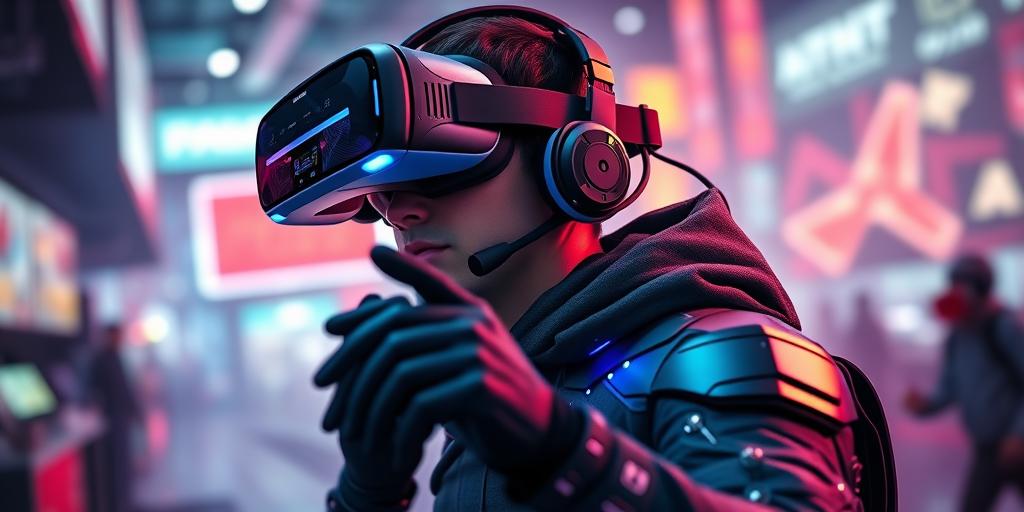Haptic Technology: Adding a New Dimension to Entertainment in 2025
Haptic technology, also known as haptics, is rapidly evolving and poised to revolutionize the entertainment industry by 2025. This technology incorporates the sense of touch into digital interactions, enhancing user experiences in gaming, virtual reality (VR), augmented reality (AR), and beyond. Let’s explore how haptic technology is set to redefine entertainment.
What is Haptic Technology?
Haptic technology creates the sensation of touch by applying forces, vibrations, or motions to the user. Unlike visual or auditory feedback, haptics engages the tactile sense, creating a more immersive and realistic experience. Devices like haptic suits, controllers, and wearables use actuators to simulate textures, impacts, and environmental conditions.
Current Applications and Future Trends
Currently, haptic technology is primarily used in gaming controllers and VR headsets to provide basic tactile feedback. For example, a controller might vibrate when a player fires a weapon or gets hit in a game. However, by 2025, we can expect more sophisticated applications.
Gaming
In gaming, haptic suits will allow players to feel every impact, texture, and environmental effect within the game. Imagine feeling the recoil of a gun, the brush of grass against your legs, or the impact of an explosion. This level of immersion will significantly enhance the gaming experience, making it more realistic and engaging.
Virtual Reality (VR)
Haptic technology will be crucial in making VR experiences more believable. Users will be able to interact with virtual objects and environments in a way that feels natural. For instance, touching a virtual wall will provide the sensation of texture and resistance, while picking up a virtual object will simulate its weight and shape.
Augmented Reality (AR)
AR applications will also benefit from haptics. Imagine using an AR app to design a room and feeling the texture of different fabrics or the weight of virtual furniture before making a purchase. This can transform online shopping and design processes.
Challenges and Opportunities
Despite its potential, haptic technology faces several challenges. Developing haptic devices that are both accurate and comfortable is a complex engineering task. Additionally, the cost of haptic technology can be a barrier to widespread adoption. However, ongoing research and development are addressing these issues.
Opportunities
The opportunities for haptic technology in entertainment are vast. As the technology becomes more refined and affordable, it will likely become a standard feature in gaming, VR, and AR devices. This will create new possibilities for content creators and developers, leading to more innovative and immersive experiences.
The Future of Entertainment with Haptics
By 2025, haptic technology is expected to be a key component of the entertainment landscape. It promises to deliver more immersive, realistic, and engaging experiences across various platforms. As technology evolves, the integration of touch will blur the lines between the digital and physical worlds, enhancing how we interact with and enjoy entertainment.
Long-Tail Keyword Variations:
- Haptic technology in gaming 2025
- Haptic feedback for virtual reality entertainment
- Future of touch technology in entertainment
- Haptic technology applications in augmented reality
- Haptic suits and gaming experiences 2025
